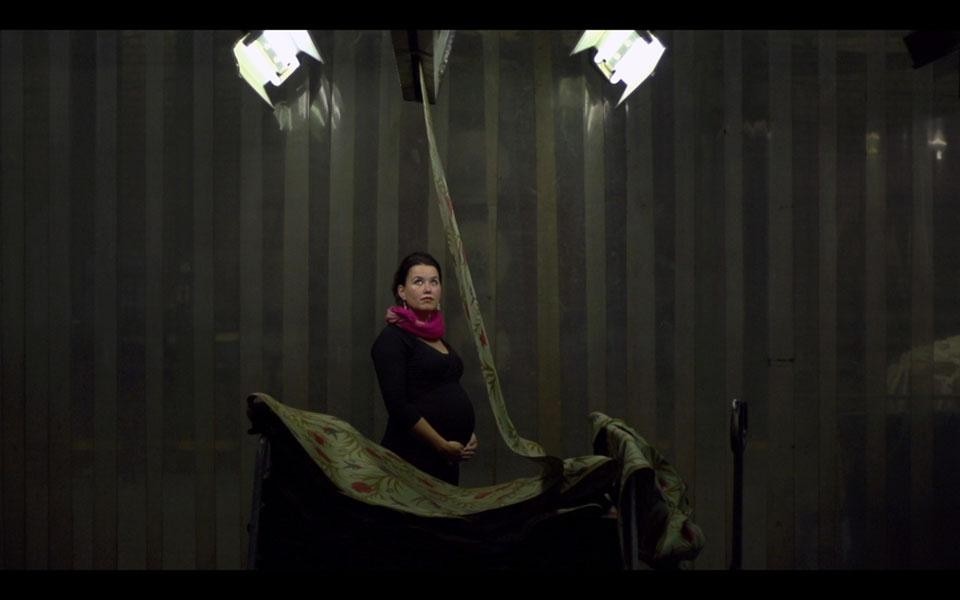In the eyes of aspiring creative designers, Atelier NL appear to be a case of storybook success. Since their graduation from the Design Academy Eindhoven in 2006, Lonny van Ryswyck and Nadine Sterk's studio has enjoyed exposure in mainstream press and positive critical reactions in gallery exhibitions. Still, they are not the typical star designers of the Dutch sphere. They use design not as a vehicle to produce objects, but as a method to reveal hidden patterns in the landscapes of information around us. The fact that they do often make objects, from ceramic vessels to knitted lamps, stems from the idea that these data patterns are best visualized using the material in question. In an on-going project, for example, they dig up natural clay from different sites around the country and fire it to bring out the colour spectrum that results from different historical patterns of agriculture and industry.
While Atelier NL previously dealt with the physical landscape, their latest research venture delves into the social context of the design world itself. During Dutch Design Week 2012, an event that by nature celebrates material outcomes and financial achievements, the duo chose to present no objects at all — or rather, one very large one. Curious Minds is a large wooden structure laced with colourful threads that map out the destinies of hundreds of Design Academy graduates over the last five years. Atelier NL was curious: people might say they are designers, but how do they actually spend their time and earn a living? Through surveys sent to alumni of the school's renowned bachelors program, they asked people to report, day-by-day, the nature of their work — as designers or non-designers (independent or under-contract), as students, or other.
.jpg.foto.rmedium.jpg)
.jpg.foto.rmedium.jpg)
In the installation, Atelier NL collaborated with other designers, photographers, and writers, and the project's potential can only grow as more agents from diverse backgrounds contribute their own forms of expertise
.jpg.foto.rmedium.jpg)
.jpg.foto.rmedium.jpg)

.jpg.foto.rmedium.jpg)
.JPG.foto.rmedium.jpg)

1.jpg.foto.rmedium.jpg)